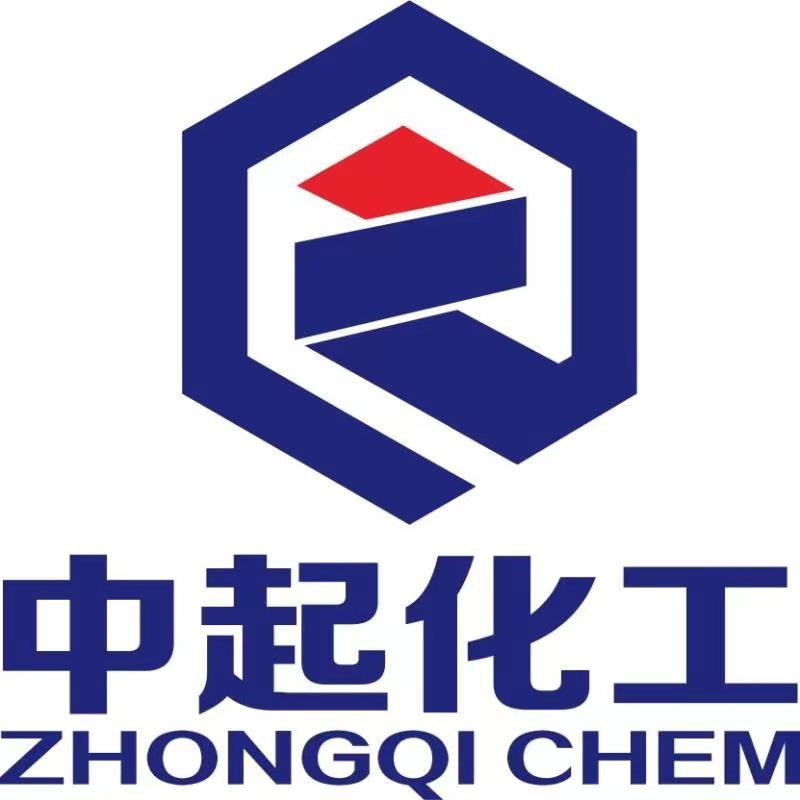-
Categories
-
Pharmaceutical Intermediates
-
Active Pharmaceutical Ingredients
-
Food Additives
- Industrial Coatings
- Agrochemicals
- Dyes and Pigments
- Surfactant
- Flavors and Fragrances
- Chemical Reagents
- Catalyst and Auxiliary
- Natural Products
- Inorganic Chemistry
-
Organic Chemistry
-
Biochemical Engineering
- Analytical Chemistry
-
Cosmetic Ingredient
- Water Treatment Chemical
-
Pharmaceutical Intermediates
Promotion
ECHEMI Mall
Wholesale
Weekly Price
Exhibition
News
-
Trade Service
2,2-Difluoroacetamide, commonly referred to as DFA, is a widely used intermediate chemical in the chemical industry.
It is used in the production of various chemicals, pharmaceuticals, and other products.
The instruction of DFA is an important aspect of the chemical industry, as the safe handling and use of this chemical is crucial.
This article will provide an overview of the instruction of DFA in the chemical industry.
Storage and Handling:
Due to the flammable and toxic nature of DFA, proper storage and handling procedures are crucial.
The chemical should be stored in a cool, dry, and well-ventilated area, away from sources of ignition and heat.
It should be stored in accordance with the relevant regulations and guidelines, including the Hazard Communication Standard (HCS) and the Occupational Safety and Health Administration (OSHA) standards.
It is important to wear appropriate personal protective equipment (PPE) such as gloves, goggles, and respiratory protection when handling DFA.
Transportation:
Due to the risk of fire and explosion, the transportation of DFA requires careful consideration.
The chemical should be transported in compliance with the relevant regulations and guidelines, including the Department of Transportation (DOT) and the International Air Transport Association (IATA) regulations.
It is important to ensure that the transportation vehicles are appropriate for the chemical and that the cargo is properly secured and labeled.
Production:
The production of DFA involves various steps, including its synthesis, purification, and packaging.
The production process should be carried out in a controlled environment, with appropriate safety measures in place.
The workers involved in the production process should be trained in the safe handling and use of DFA, and they should wear appropriate PPE.
The production area should be well-ventilated, and the equipment used should be appropriate for the chemical.
Disposal:
The disposal of DFA requires careful consideration due to its potential risks to the environment and human health.
The chemical should be disposed of in accordance with the relevant regulations and guidelines, including the Resource Conservation and Recovery Act (RCRA) and the Comprehensive Environmental Response, Compensation, and Liability Act (CERCLA) regulations.
It is important to ensure that the disposal methods used do not pose a risk to the environment or human health.
Overall, the instruction of DFA in the chemical industry is critical for the safe handling and use of this chemical.
The chemical industry should ensure that the workers involved in the production, transportation, storage, and disposal of DFA are trained in its safe handling and use, and that appropriate safety measures are in place to minimize the risk of accidents and injuries.
The responsible handling of DFA is not only important for the safety of workers and the environment, but also for the success of the chemical industry as a whole.







